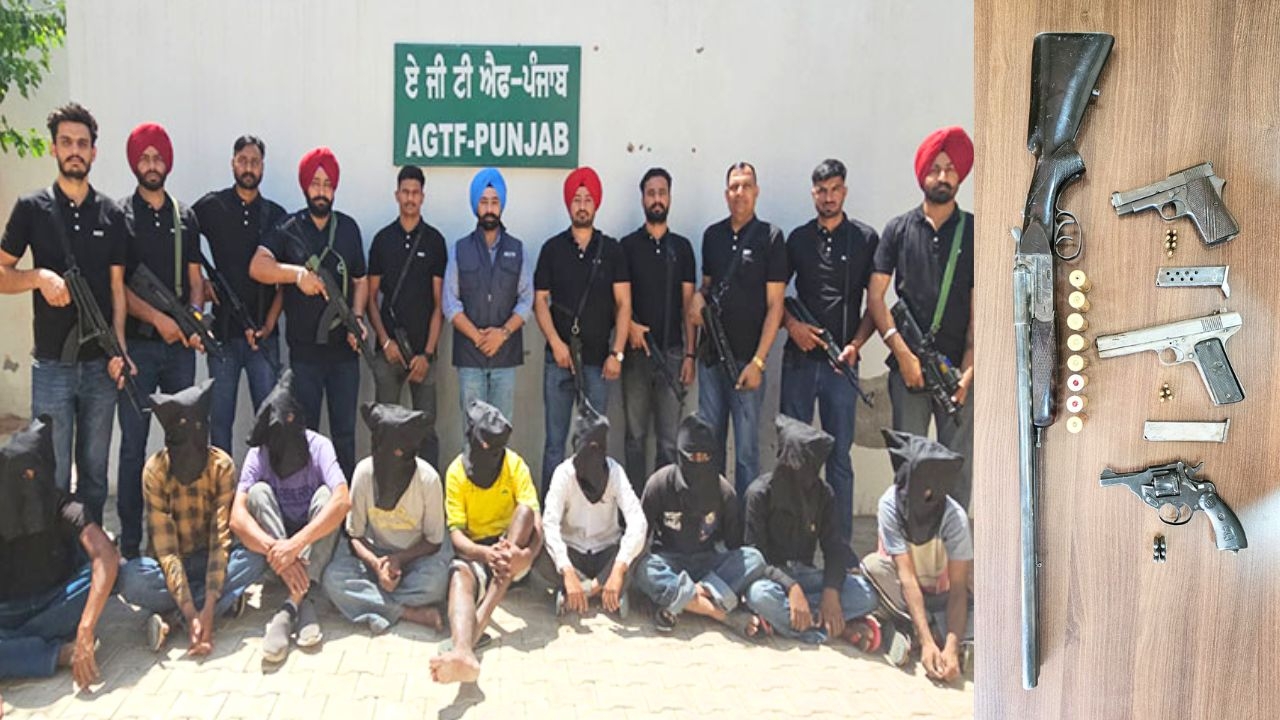Delhi smog: Don’t blame farmers, these simple policies can prevent stubble burning
_88906_730x419-m.jpg)
Come November, everyone starts raising a hue and cry about the worsening air quality in Delhi. The National Green Tribunal begins pulling up state governments, states begin passing the buck to each other and the Centre.
Some stop gap measures are taken, time passes and then it is business as usual. Life goes on and the same blame game starts again in the next season.
One thing needs to be understood very clearly, farmers are well aware of the hazards of straw burning. They know that straw burning damages the soil quality of their fields and causes air pollution. Air pollution affects them too, but they do not have any alternatives.
Earlier, farmers harvested paddy with their hands. The crop was cut in such a fashion that it was easier to collect and bale the straw. With the advent of combine harvesters, the time and money consumed in harvesting, threshing and cleaning was cut considerably. Harvesters charge around Rs 1200 to Rs 1500 per acre and take an hour to harvest an acre of paddy. The same work if done manually would cost upwards of Rs 5000/acre. The drawback of combine harvesters is that 80% of the stem of the paddy plant is not cut, it is left standing. These 12-15 inch long stalks left standing, are the problem.
Unlike wheat straw, rice straw is of no nutritional value due to its high silica content. Therefore, it is unusable as animal feed.
The sowing window between paddy harvesting in the end of October and planting of wheat crop by mid-November is around 15 days; hence the farmers go for the cheapest and the easiest way out – burning the straw. Ideally, the sowing of wheat should be finished by 15 November and any delay means incurring a loss of 1.5 quintals per acre per week.
Possible solutions
A possible solution is to harvest paddy by combine harvesters fitted with Super Straw Management System (SSMS) and then using Happy Seeder for sowing. Super Straw Management System (SSMS) would ensure that the stems of the plant are cut in small pieces and are spread evenly across the field. Upgrading the existing harvesting machines with Super Straw Management System (SSMS) would start from Rs 1.5 lakh and the owners of these machines would have to increase their charges by Rs 500 per acre as their daily harvesting capacity will be reduced. The charges to harvest an acre of paddy would increase to Rs 1700 to Rs 2000 per acre. Other costs would include an investment of Rs 1.5 lakhs for a Happy Seeder.
The other side is that no farmer is in a state to bear these extra expenses. Increasing input costs and decreasing profit margins have already broken the back of the farmer community. Hence, financial incentives are a must to encourage farmers to stop the burning of straw.
It is imperative that the Centre bites the bullet and agrees to compensate the farmers who agree to desist from paddy straw burning. The Punjab government is asking the Centre to pay Rs 100/quintal to the farmers so that they can take care of the paddy straw, without burning it. The total expense would come to around Rs 2000 crore.
Two birds can be killed with one stone. The problem of air pollution and the depleting ground water table in Punjab can be addressed by promoting maize cultivation with assured procurement at Minimum Support Prices. As per the original plan, Punjab government wanted to reduce paddy acreage by 12 lakh hectares (2012-13 and 2017-18) by increasing the area under maize to 5 lakh hectares. This plan remained on paper because the government failed to procure maize at Minimim Support Prices.
This can be seen from the fact that only 1.35 lakh hectares area was under maize in the last Kharif season. Of this 1.15 lakh hectare was in Punjab’s Kandi Belt - Pathankot, Ropar, Hoshiarpur, Mohali and Nawanshahr districts. If the Centre allows production of ethanol from maize, diversification from maize to paddy can get a big boost. This switch from paddy to maize will certainly reduce the quantity of paddy straw.
Another useful approach could be to deploy MNREGA workers for treatment of stubble into phospho compost. This effort is already underway in Bathinda and Tarn Taran districts. Under this initiative, MNREGA workers can be used to collect paddy stubble. This paddy stubble would be then dumped in pits, covered with soil and the land would be used for wheat sowing. After six months of harvesting wheat, the paddy stubble will turn to manure and can be used in fields. Through this scheme, the Punjab government is looking to manage fields of at least 10 lakh small and marginal farmers.
Air pollution due to straw burning is a problem but penalising farmers is no solution. The solution lies in encouraging diversification from paddy to alternative crops, providing incentives to farmers who do not burn paddy straw and subsidising straw management machinery.
First published: 11 November 2017, 19:22 IST





![BJP's Kapil Mishra recreates Shankar Mahadevan’s ‘Breathless’ song to highlight Delhi pollution [WATCH] BJP's Kapil Mishra recreates Shankar Mahadevan’s ‘Breathless’ song to highlight Delhi pollution [WATCH]](http://images.catchnews.com/upload/2022/11/03/kapil-mishra_240884_300x172.png)

![Anupam Kher shares pictures of his toned body on 67th birthday [MUST SEE] Anupam Kher shares pictures of his toned body on 67th birthday [MUST SEE]](http://images.catchnews.com/upload/2022/03/07/Anupam_kher_231145_300x172.jpg)






